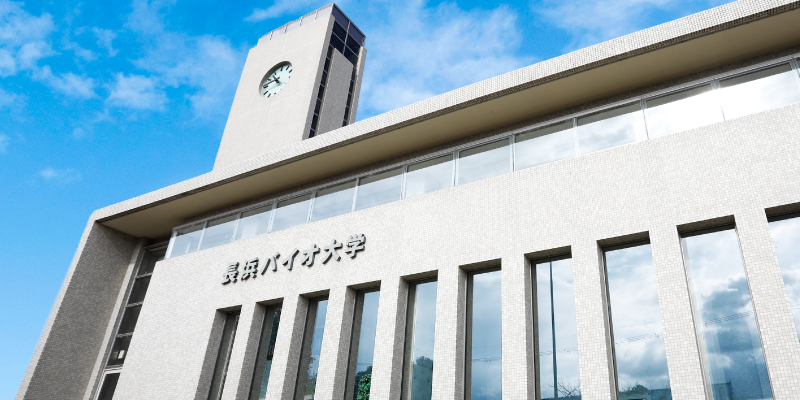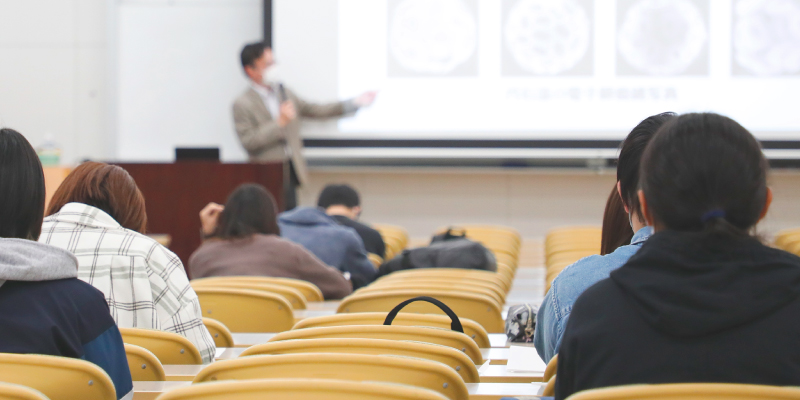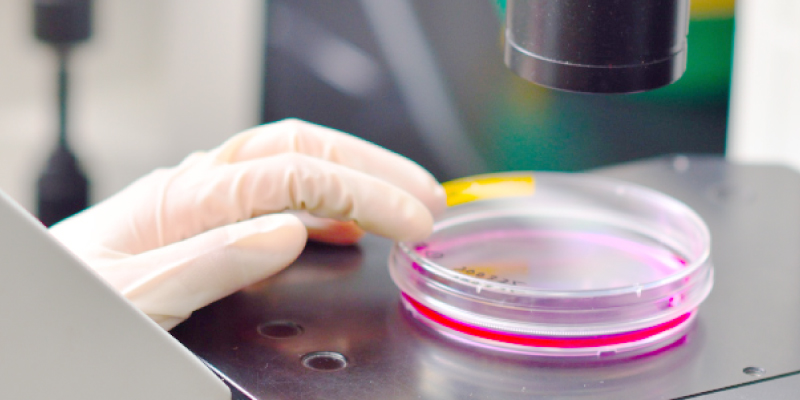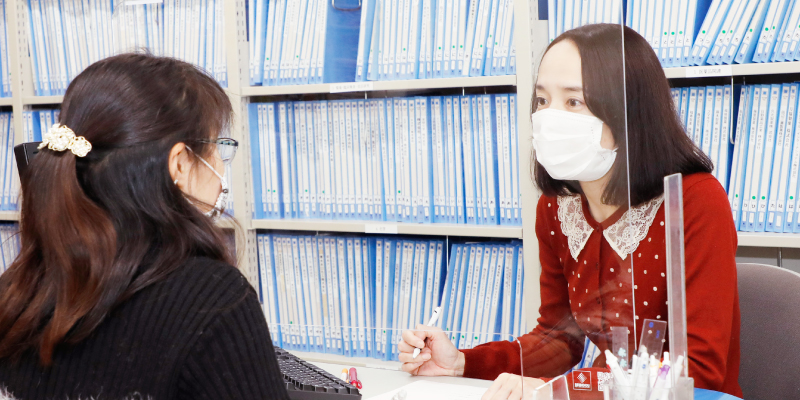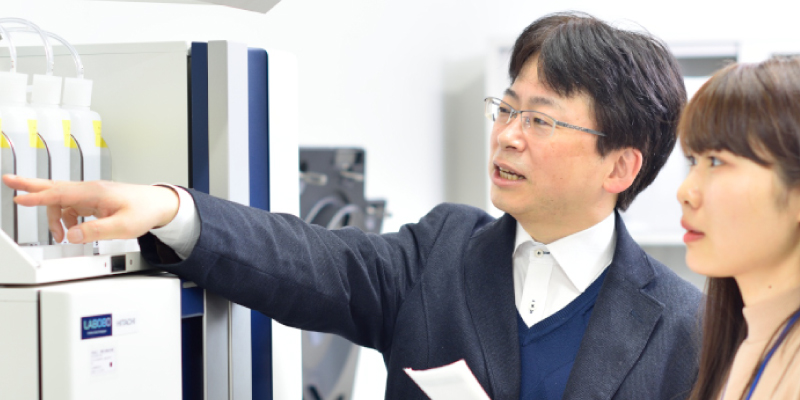
The Institute serves as a core facility at the adjacent Nagahama Science Park, where local entities work to implement partnerships among industry, government, and academia by commercializing research "seeds" sewn by the Institute and revitalizing the local community. It is here that the Institute's focus on practical learning comes into its own.
Nagahama Science Park: the Institute's neighbor
The Institute, which was formed through a partnership among industry,government, and academia with an educational philosophy dedicated to practical learning, was endowed with the social mission of commercializing products through bioscience research and development and thereby revitalizing its local community.
Nagahama Science Park, which is located adjacent to the Institute, is a result of the Institute's pursuit of that mission. Thanks to the approval of the Nagahama Bioscience and Life Science District by Shiga Prefecture and the City of Nagahama, corporate occupants have been found for all of the science park's lots, and their buildings are being completed one after another. The project is distinguished by the university-
based origin of its companies and by the partnerships between the Institute and the companies with a presence at the park.
The Nagahama Bio Cluster was launched during the 2008 academic year, and a Nagahama Agri-bio Project is also being pursued as a strategy for revitalizing the local community through partnerships among agriculture, fisheries, commerce, and industry in a way that takes advantage of local agricultural, forestry, and fisheries resources and biotechnology. In addition to research and development efforts by the Institute conceived to commercialize the Biwa trout, a species that is unique to Lake Biwa, as a local specialty product, and to discover techniques for counteracting cold-water disease in ayu, projects include the development of new products based on local agricultural produce using biotechnology from companies participating in Nagahama Science Park.
The location of Nagahama Science Park and the partnerships among industry, government, and academia being pursued there indicates that a stage has been developed to showcase and foster the Institute's education and research.
Experiments and research at the Nagahama Bio Incubation Center
Nagahama Science Park includes the Nagahama Bio Incubation Center,which supports bioscience research and development with the goal of eventual industrialization. Bioscience ventures, some of which had their start at the Institute, have occupied the facility, where they are conducting research and development in fields such as medicine, pharmacy, and health; "agri-bio"; and the environment.
Among them is the Institute's joint research lab, which provides an educational environment where students can conduct research and experience research and development projects geared toward product commercialization.
Joint research and contract research pursued as part of partnerships among industry, government, and academia
Thanks to the development of fruitful relationships with the Institute's industry, government, and academic partners, there has been steady progress each year in joint research with public research institutes and other entities as well as contract research from corporate clients. The Institute is also involved in research with numerous outside entities, including projects funded by subsidies and grants-in-aid.
Over the past several years, the range of partners has expanded to include local small and medium-size companies and agricultural groups. As with the success of the "plant factory," the Institute-led partnership among industry, government, and academia has become the subject of enthusiastic local support and high expectations

